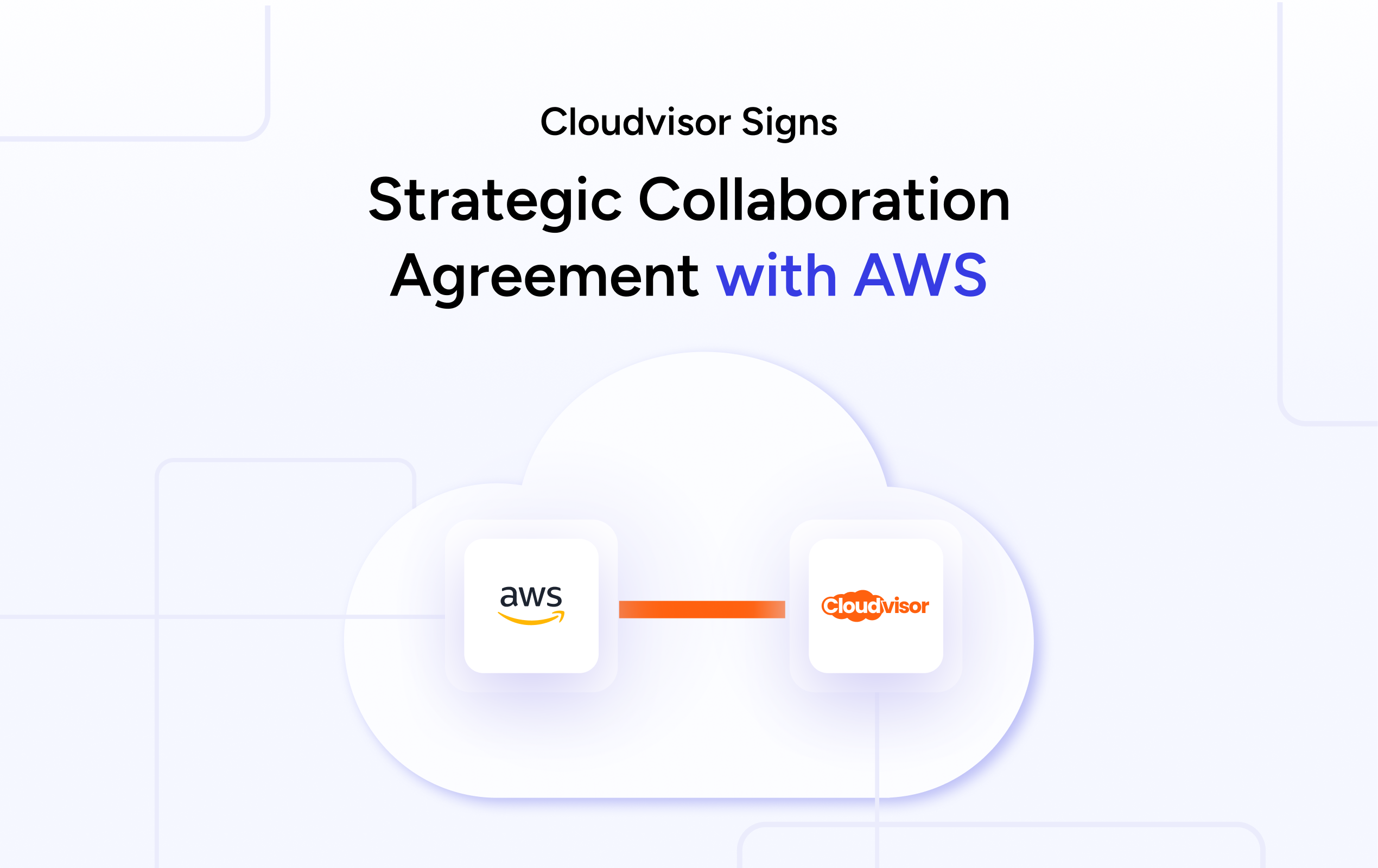Starting a business is a venture filled with excitement and uncertainty. One of the most common questions entrepreneurs face is, “How long will it take for my startup to become profitable?” The journey to profitability varies widely among startups, influenced by numerous factors such as industry, business model, initial funding, and market conditions. This article explores these factors in detail and provides insights into what entrepreneurs can expect on their path to profitability.
Table of Contents
Understanding Profitability in Startups
Profitability occurs when a company’s revenues exceed its expenses, resulting in a positive net income. For startups, reaching profitability is a significant milestone, indicating that the business model is sustainable and that the company can generate sufficient revenue to cover its costs and potentially expand. It’s a crucial marker of success and long-term viability in the competitive business landscape.
On average, startups typically take between two to five years to become profitable. This timeline can vary depending on factors such as the industry, business model, initial funding, and market conditions. High-growth industries may take longer, while traditional industries might achieve profitability more quickly.
Key Factors Influencing Startup Profitability
Industry and Market Conditions
The time to profitability varies significantly between industries. High-growth industries, such as technology and biotechnology, often require substantial upfront investment and longer development periods before generating revenue. Conversely, traditional industries like retail or services might achieve profitability more quickly due to lower initial costs and quicker market entry.
The demand for a startup’s product or service plays a critical role in profitability. Startups in markets with high demand and low competition are more likely to become profitable quickly. Conversely, entering a saturated market or one with low demand can prolong the path to profitability. Understanding market dynamics and consumer needs is essential for assessing the potential profitability timeline.
Business Model
A startup’s business model significantly impacts how quickly it can become profitable. Subscription-based models, for example, can generate steady revenue streams and potentially achieve profitability faster than models relying on one-time sales. E-commerce businesses might achieve profitability through high-volume sales, while software-as-a-service (SaaS) companies might take longer due to the time required to build a customer base and recurring revenue streams.
Moreover, startups with a clear monetization strategy from the outset are better positioned to reach profitability sooner. This involves identifying key revenue sources, whether through product sales, service fees, subscriptions, or advertising. A well-defined business model that aligns with market demand and consumer behavior is crucial for accelerating the journey to profitability.
Initial Funding and Financial Management
The amount of initial funding a startup secures can significantly influence its path to profitability. Adequate funding allows for sustained operations, marketing efforts, and product development without the immediate pressure of generating profits. However, reliance on external funding can also lead to delays in reaching profitability if the focus shifts to securing additional investments rather than building a sustainable business model.
Effective financial management is equally important. Startups that meticulously manage their expenses and optimize their cash flow are more likely to achieve profitability sooner. This involves careful budgeting, cost control, and strategic allocation of resources to critical areas that drive growth and revenue. Efficient financial management helps startups maintain a healthy balance between expenditure and revenue, paving the way for quicker profitability.

Product Development and Innovation
The speed at which a startup can develop and bring its product to market significantly impacts its profitability timeline. Startups with complex products or technologies may require extensive research and development, prolonging the time before revenue generation begins. In contrast, startups with simpler, more straightforward products can launch and start generating revenue more quickly.
Innovation plays a crucial role in driving profitability. Startups that continuously innovate and improve their products or services can attract more customers and retain existing ones, leading to increased revenue. Staying ahead of market trends and consumer preferences through innovation can create a competitive advantage, helping startups achieve profitability faster.
Customer Acquisition and Retention
The ability to attract and retain customers is fundamental to a startup’s profitability. Effective marketing strategies, strong customer relationships, and high-quality products or services are key factors in successful customer acquisition and retention. Startups that can quickly build a loyal customer base are more likely to generate steady revenue and reach profitability sooner.
Customer acquisition costs (CAC) and customer lifetime value (CLV) are critical metrics to consider. Startups that can lower their CAC while increasing their CLV will have a healthier profit margin. Strategies such as targeted marketing, excellent customer service, and value-added offerings can enhance customer acquisition and retention, driving faster profitability.
Market Competition
The level of competition in the market can influence how long it takes for a startup to become profitable. In highly competitive markets, startups may need to invest more in marketing, customer acquisition, and product differentiation to stand out. This can increase costs and extend the time to profitability.
Conversely, entering a niche market with less competition can provide a clearer path to profitability. Startups can focus on serving a specific customer segment with unique needs, reducing the pressure of competing with established players. However, identifying and capturing a niche market requires thorough market research and a deep understanding of consumer preferences.
External Economic Factors
External economic conditions, such as economic growth, inflation, and consumer spending patterns, can impact a startup’s profitability timeline. During periods of economic growth, consumers and businesses are more likely to spend money, creating a favorable environment for startups to generate revenue. Conversely, economic downturns can lead to reduced spending and slower revenue growth, delaying profitability.
Startups need to be adaptable and resilient in the face of economic fluctuations. Diversifying revenue streams, maintaining a lean operational structure, and having contingency plans in place can help startups navigate economic challenges and stay on the path to profitability.
Case Studies: Profitability Timelines of Successful Startups
Examining the profitability timelines of successful startups provides valuable insights into the factors influencing their success. For instance, Amazon took almost seven years to become profitable due to its aggressive expansion strategy and substantial investments in infrastructure and technology. On the other hand, companies like Dropbox achieved profitability more quickly by leveraging a freemium business model and focusing on customer acquisition and retention.
These case studies highlight the importance of strategic planning, innovation, and market understanding in determining a startup’s profitability timeline. They also emphasize the need for patience and perseverance, as the journey to profitability can vary widely among different startups.

Strategies to Accelerate Profitability
While the timeline to profitability varies, there are strategies that startups can implement to accelerate their path to profitability:
- Focus on Core Competencies: Concentrate on your startup’s strengths and unique value proposition to stand out in the market and attract customers.
- Optimize Pricing Strategies: Set competitive pricing that balances customer value and profitability. Experiment with different pricing models to find the most effective approach.
- Reduce Costs: Identify areas where costs can be reduced without compromising product quality or customer experience. This can include negotiating better terms with suppliers, outsourcing non-core activities, and implementing efficient processes.
- Enhance Customer Experience: Provide exceptional customer service and engage with customers to build loyalty and drive repeat business. Positive word-of-mouth and customer referrals can significantly boost revenue.
- Diversify Revenue Streams: Explore additional revenue sources, such as complementary products or services, to increase overall revenue and reduce dependency on a single income stream.
Conclusion
The time it takes for a startup to become profitable depends on various factors, including industry, business model, initial funding, product development, customer acquisition, market competition, and external economic conditions. While some startups may achieve profitability within a few months, others might take several years. Understanding these factors and implementing effective strategies can help entrepreneurs navigate the challenges and accelerate their path to profitability.
By focusing on core competencies, optimizing pricing strategies, reducing costs, enhancing customer experience, and diversifying revenue streams, startups can increase their chances of achieving profitability sooner. Patience, perseverance, and strategic planning are essential for navigating the journey to profitability and building a sustainable, successful business.




